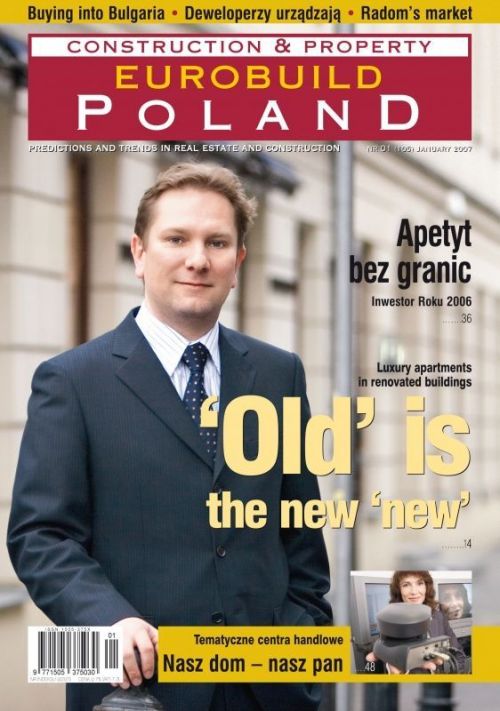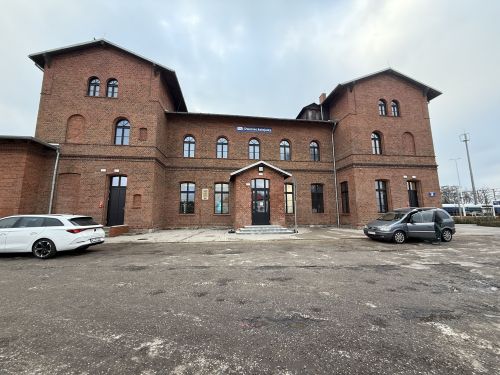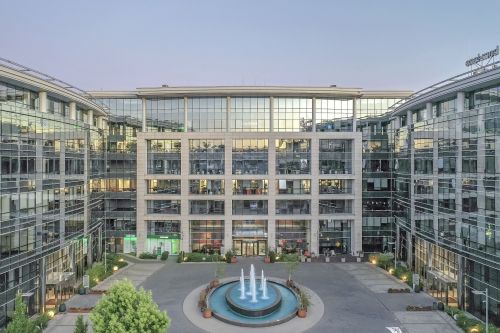The boom in the residential sector and the increased earning power of the average Pole, who had been previously dreading the cost of furnishing his home, has forced retail developers to take a very close look at investing in specialized centres. It seems that Ikea, which has been the strongest player on the market so far, will now have to face stiffer competition. In addition to its Ikea showrooms, this Swedish consortium has been developing in more locations over the past few years by establishing retail parks. Ikea is presently operating in Warsaw (Janki and Targówek), Gdańsk (Matarnia), Wrocław (Bielany), Poznań (Franowo), Kraków and Katowice (Rawa). Joanna Łozińska, the Ikea group’s press spokesperson, describes the current situation: “Ikea’s most important investments this year include the expansion of its outlet in Gdańsk by around 10,000 sqm, the building permit for which is expected this February. A second substantial investment will take place in Łó






























































